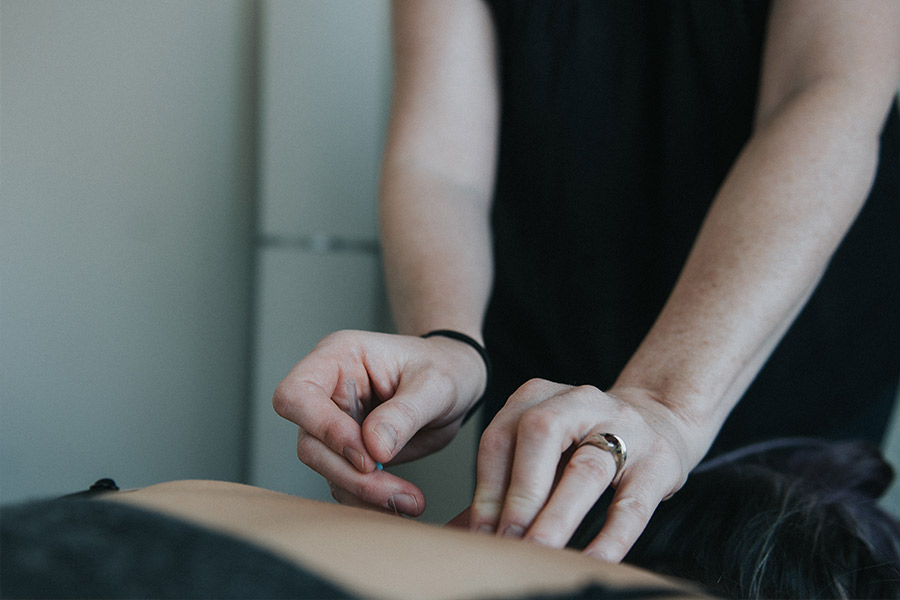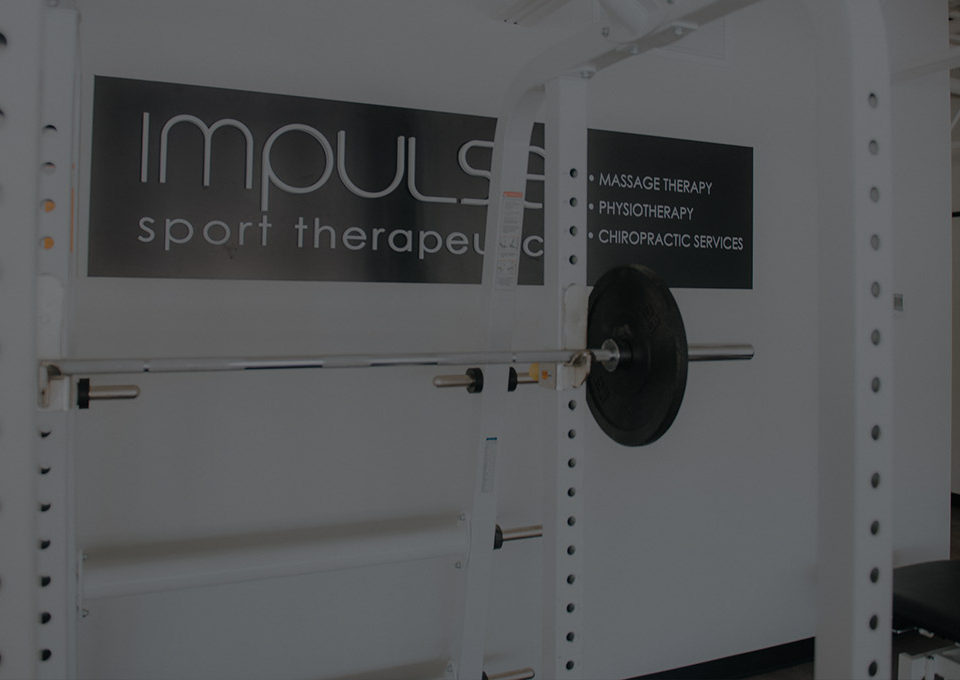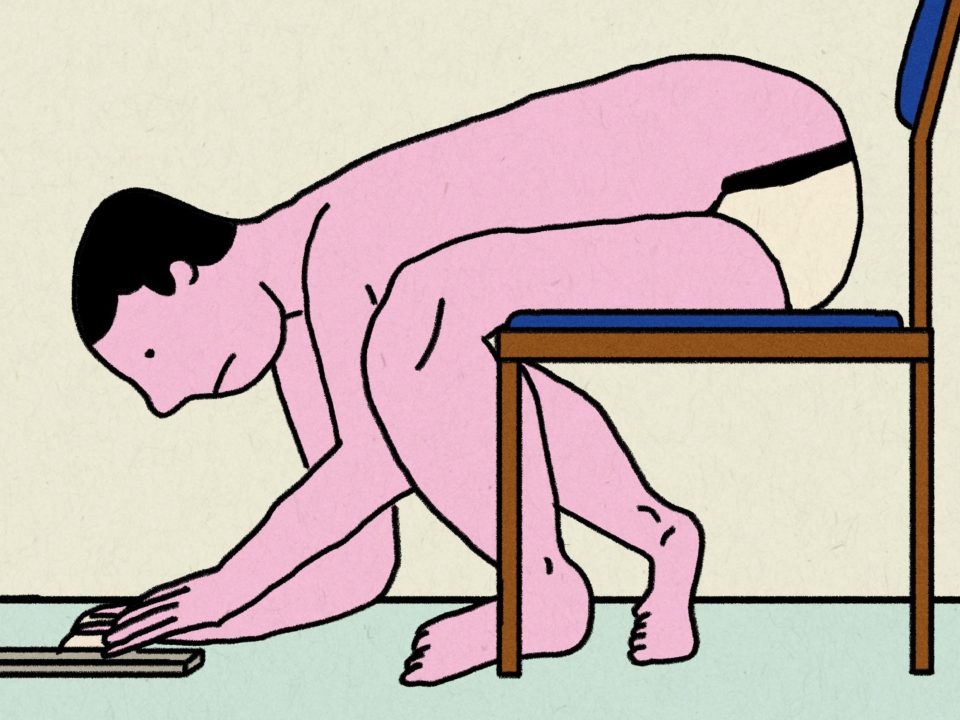What is IMS?
Grounded in scientific neurophysiological principles, IMS is a potent treatment for acute and chronic pain of neuropathic and muscular origin. The treatment involves the insertion of fine acupuncture-type needles into shortened or contracted muscles to stimulate the healing process by helping the muscle relax. IMS treatment is best suited to treat soft tissue and neurological pain and in cases when needling is used by physical therapists, it is typically one technique among many that are part of a larger treatment plan. Physical therapists use dry needling with the goal of releasing or inactivating trigger points to relieve pain or improve range of motion.

How does IMS work
IMS treats pain by desensitizing nerves and relaxing muscle through the mechanical stimulation caused by the insertion of the needle into the affected muscles. Research suggests that needling improves pain control, reduces muscle tension, and normalizes dysfunctions of the sites at which nerve impulses are transmitted to muscles. This can help speed up the patient’s return to active rehabilitation. Needles can stimulate reflexes that allow the muscle to release. The specific nature of IMS allows it to be particularly effective for deep muscles that can be difficult or impossible to reach with other forms of treatment. For this reason, it is often effective when other forms of therapy have failed.
The effects of IMS
The cumulative effects of IMS build with each session as more tissues are encouraged to lengthen and relax and blood flow increases to the area. Allowing chronically tight, shortened or guarding muscles to release and return to normal function is key in breaking the chronic cycle of pain. It is for this reason that IMS provides long term relief.
Conditions that can be treated using IMS
IMS can be used to treat a plethora of injuries and chronic conditions including but not limited to:
Acute Sports Injuries
Arthritis Pain
Carpal Tunnel Syndrome
Chronic Tendonitis or Bursitis
Chronic Pain from Car Accidents
Golfers Elbow
Certain Types of Headaches
Iliotibial Band Syndrome
Frozen Shoulder
Jaw and TMJ Pain
Jumper’s Knee
Labrum Injuries
Lower Back Pain
Myofascial Pain Syndrome
Myofascial Trigger Points
Patello-femoral Syndrome
Piriformis Syndrome
Plantar FascitisPostural Strains due to Work or School
Recurrent or Persistent Injuries
Repetitive Strain Injuries
Rotator Cuff Injuries
Sciatica
Shin Splints
Shoulder Injuries
Spinal Disc Problems
Tennis Elbow
Thoracic Outlet Syndrome
Torticollis
Trigger Finger
What is the Difference between Acupuncture and IMS?
For obvious reasons, IMS has roots in the traditional practice of Acupuncture but also builds on the practice through the incorporation of recent advances in medical research. While it uses some of the tools of Acupuncture, it differs fundamentally in that it is based on current evidence-based physiology, rather than Traditional Chinese Medicine.

Unlike Traditional Chinese acupuncture that paces needles along “meridian lines” in an attempt to affect the flow of energy through the body, IMS Practitioners use their knowledge of anatomy and a western medical approach to choosing the appropriate needle points. IMS is different in its approach as well because needles are applied directly to the site of the pain, rather than to remote points on the body based on Chinese philosophy.
Heal Chronic Pain With IMS!
Our specialists are renowned for their ability to assess, diagnose and treat chronic pain.
For more information on Classic Acupuncture, check out our acupuncturist Jennifer, HERE:





